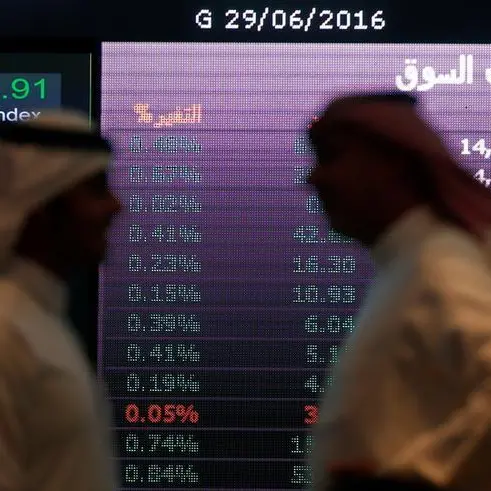Welcome to the home for real-time coverage of markets brought to you by Reuters reporters. You can share your thoughts with us at markets.research@thomsonreuters.com
MORTGAGE DEMAND DIPS AS RATES BOUNCE OFF RECORD LOWS (1002 EDT/1402 GMT)
Demand for home loans edged 0.6% lower last week, according to the Mortgage Bankers Association (MBA).
The average 30-year fixed contract rate edged up from an all-time low, rising 2 basis points to 3.02%, prompting a 2% drop in applications to purchase homes that more than offset an uptick in refi demand.
A swath of housing market indicators have roared past pre-COVID levels to heights not seen since the housing bubble. And some don't believe those levels will be sustainable.
"We look for another gain in existing home sales in September to a SAAR (seasonally-adjusted annualized rate) of 6.25 million to be reported tomorrow," writes Nancy Vanden Houten, lead economist at Oxford Economics. "But the mortgage purchase application data suggest the pace won't be sustained in the fourth quarter."
Low rates and a widespread shift to the work-from-home model have stoked demand, even as tight supply and rising materials costs have pressured affordability.
The National Association of Realtors is due to release its existing home sales data for September tomorrow, and analysts see a 5% jump to 6.3 million units SAAR.
This, on top of August's SAAR 6.0 million units, which was the highest level in nearly 14 years.
Investors are in a buying mood in early trading, with the major indexes building on Tuesday's gains.
All eyes are on Washington, anticipating news of stimulus negotiations.
(Stephen Culp)
*****
S&P 500: GIVEN FROTH, MAY STILL FACE A WORSE SPILL (0915 EDT/1315 GMT)
Early last week, the S&P 500 index ended just a little more than 1% below its record high.
With this, a contrarian measure of sentiment, based on the CBOE equity put/call (P/C) ratio, was once again flagging an overly bullish, or especially complacent market, vulnerable to a reversal. The SPX has since pulled back. (Click on chart below)
Indeed, the 5-day moving average (DMA) of the P/C ratio was well below a sub-0.6 reading. Since late 2018, such readings have coincided with significant S&P 500 highs.
More recently, in early June, after this measure fell to a two-decade low at 0.402, the SPX promptly slid more than 8% in just five trading days (tds). And after its late-August low at 0.406, the SPX collapsed nearly 10% in just 14 tds.
That said, on the plus side, the SPX had been rallying off its late September lows, which occurred just after an important turn date.
However, market internals that were showing strength now appear to have topped, or are stalling.
Although what may be a more robust bearish signal when the P/C measure makes a higher-low against a higher-SPX-closing high has yet to form over the very short-term, the fact that the S&P 500 just missed making a new high by only around 1% may be good enough. The index is, of course, well above its June levels when the P/C measure hit a multi-decade low.
As it stands, the P/C measure, after bottoming at 0.41 on October 13, is now rising. A thrust back over 0.6 may coincide with greater SPX instability.
This just as Nasdaq 100 volatility is threatening to vault.
(Terence Gabriel)
*****
(Terence Gabriel is a Reuters market analyst. The views expressed are his own)











